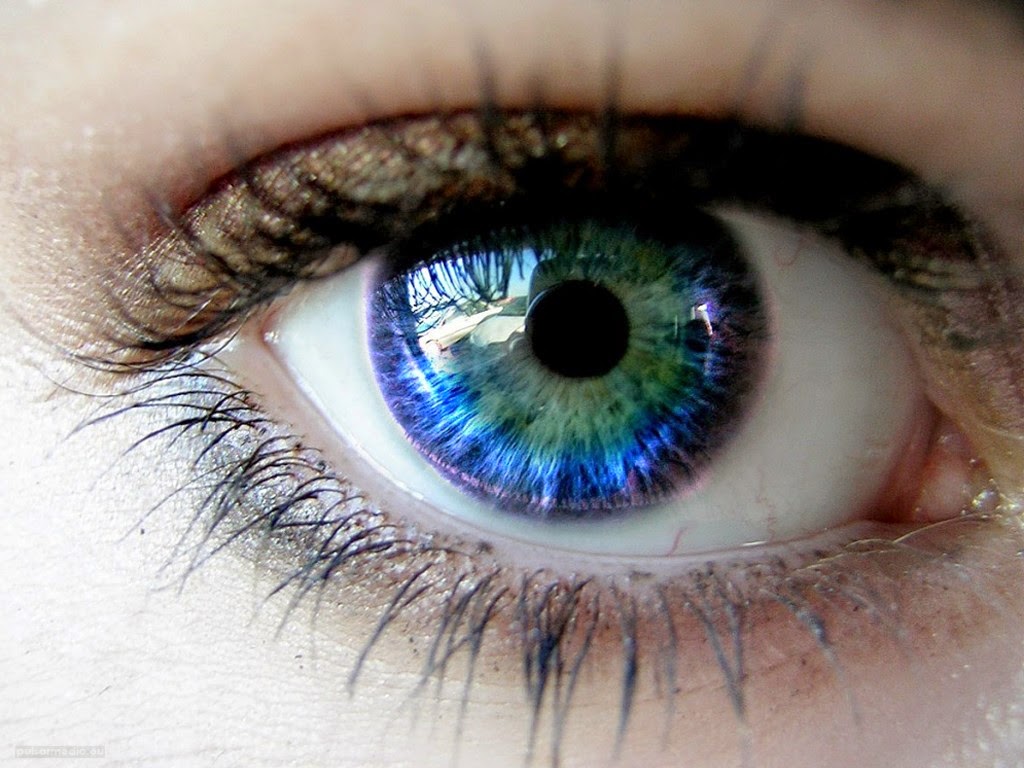U.S. researchers discovered that the human brain can process images that the eye sees in just 13 milliseconds.A team of neuroscientists at the Massachusetts Institute of Technology (MIT), was recently published in the journal Attention, Perception, and Psychophysics.
That speed is eight times faster than the 100 milliseconds recorded by previous studies. Researchers asked viewers to look at a specific image, like a "picnic" or "smiling couple", they viewed a series of six or 12 pictures, presented for 13 to 80 milliseconds and viewers successfully identified images.
Mary Potter, an MIT professor of brain and cognitive sciences and senior author of the study said the fact that you can do that at these high speeds indicates to us that what vision does is find concepts.Professor Potter explained in the study a rapid-fire processing may help direct the eyes to their next target.
""The job of the eyes is not only to get the information into the brain, but to allow the brain to think about it rapidly enough to know what you should look at next.So in general we’re calibrating our eyes so they move around just as often as possible consistent with understanding what we’re seeing.""
A team of the researchers explain the process in which information flows from the retina to the brain.When someone look at something, after an image hits the retina, then the retina sends that information such as shape, color and orientation to the brain.
The researchers said, the images were only seen for 13 milliseconds before the next image displayed, the results indicate that part of the brain continues processing the images for longer.

Professr Potter says that in some cases, viewers were not asked about the presence of a particular image until after they had seen the whole sequence.
‘If images were wiped out after 13 milliseconds, people would never be able to respond positively after the sequence. There has to be something in the brain that has maintained that information at least that long,’ Professor Potter said.
The MIT team researchers decided to gradually increase the speed of images until they were no more accurate and they reached a point where subjects’ answers were no better than if they were guessing.
Professor Potter said, this didn’t really fit with common assumptions my colleagues and I have had for what you can see.
As the images were presented progressively faster, better performance may be that they were able to practice fast detection.The subjects received feedback on their performance, allowing them to adapt to this extremely fast presentation.
Share this on your favourite network

















0 comments:
Post a Comment